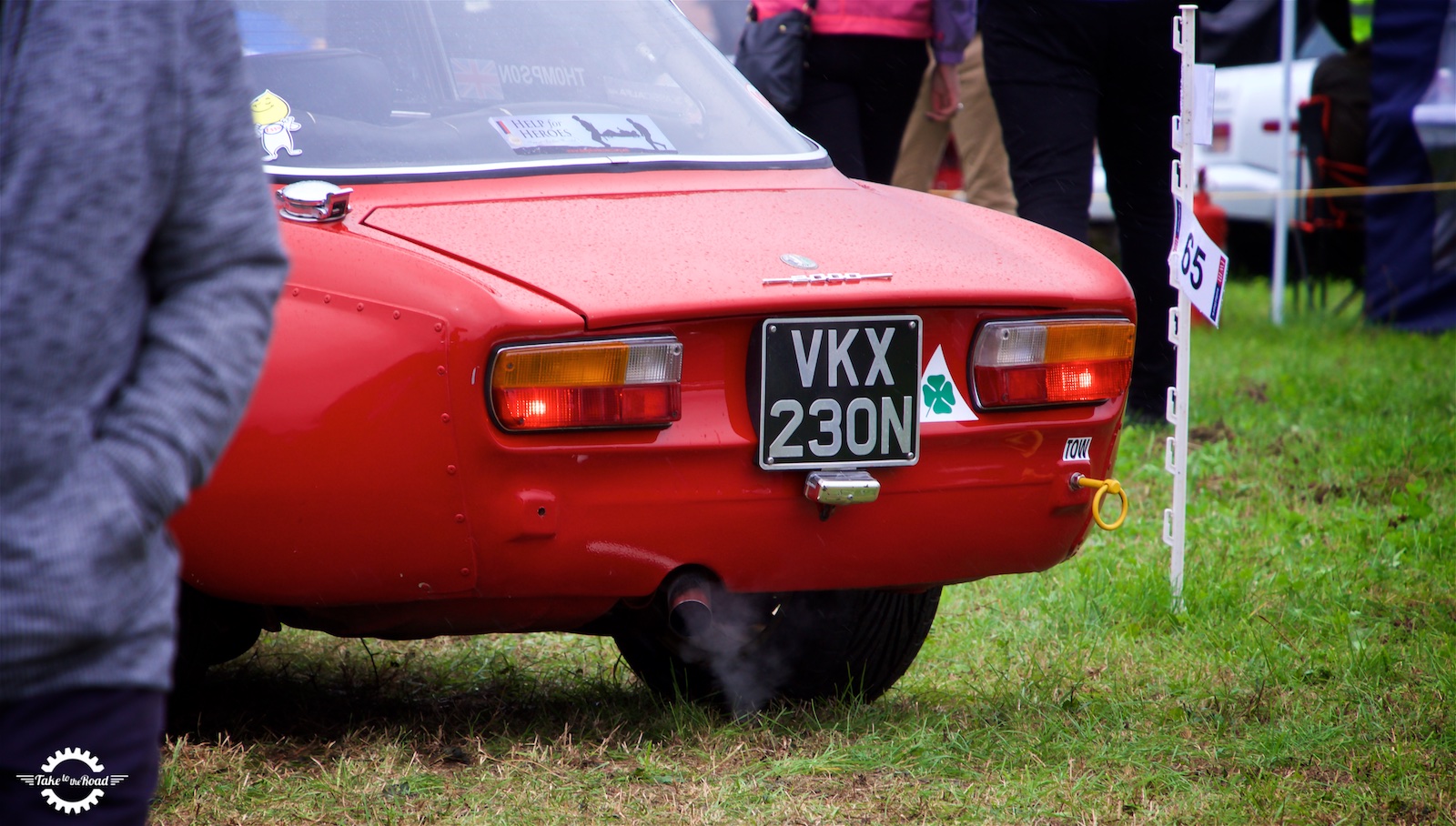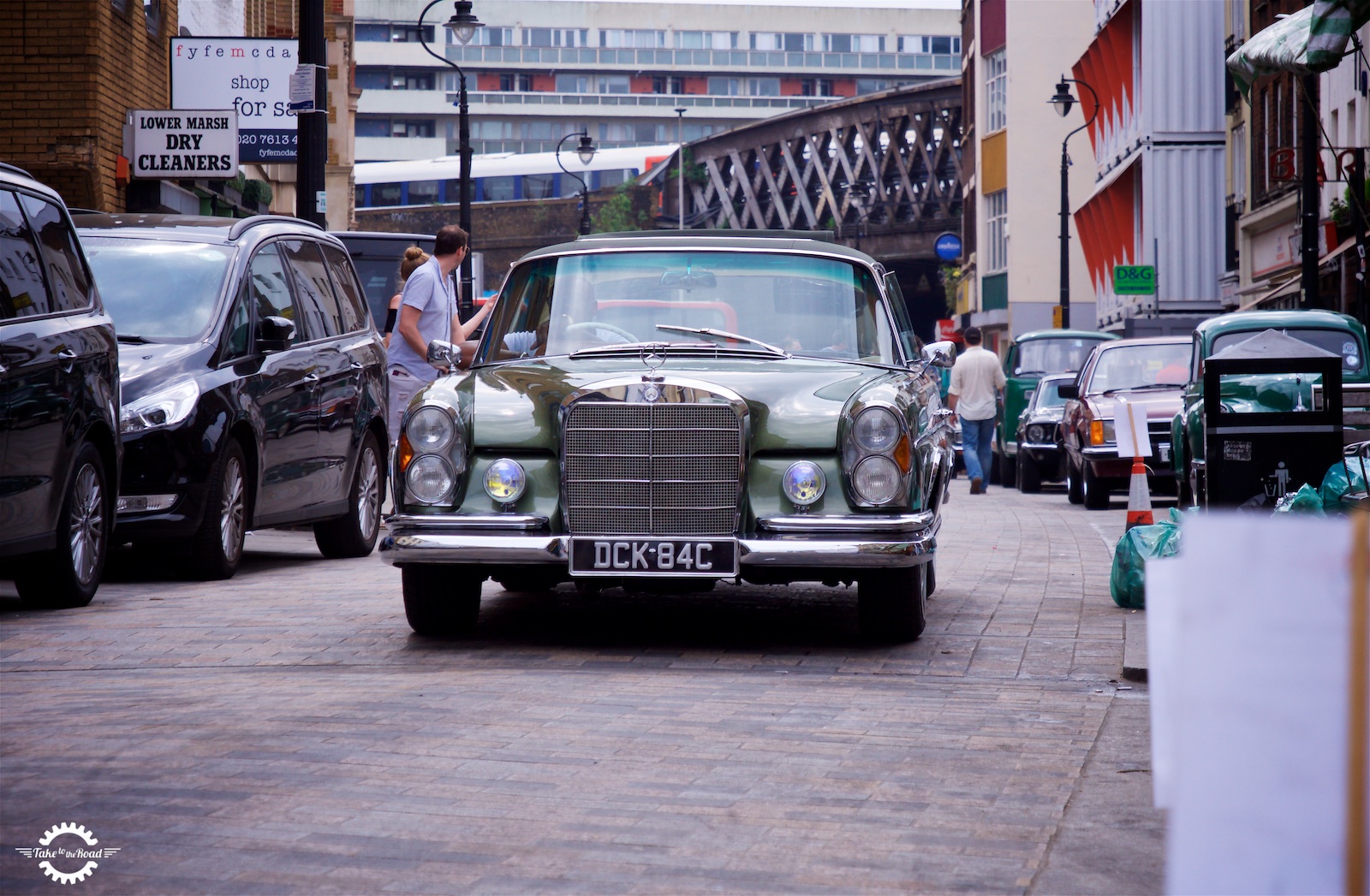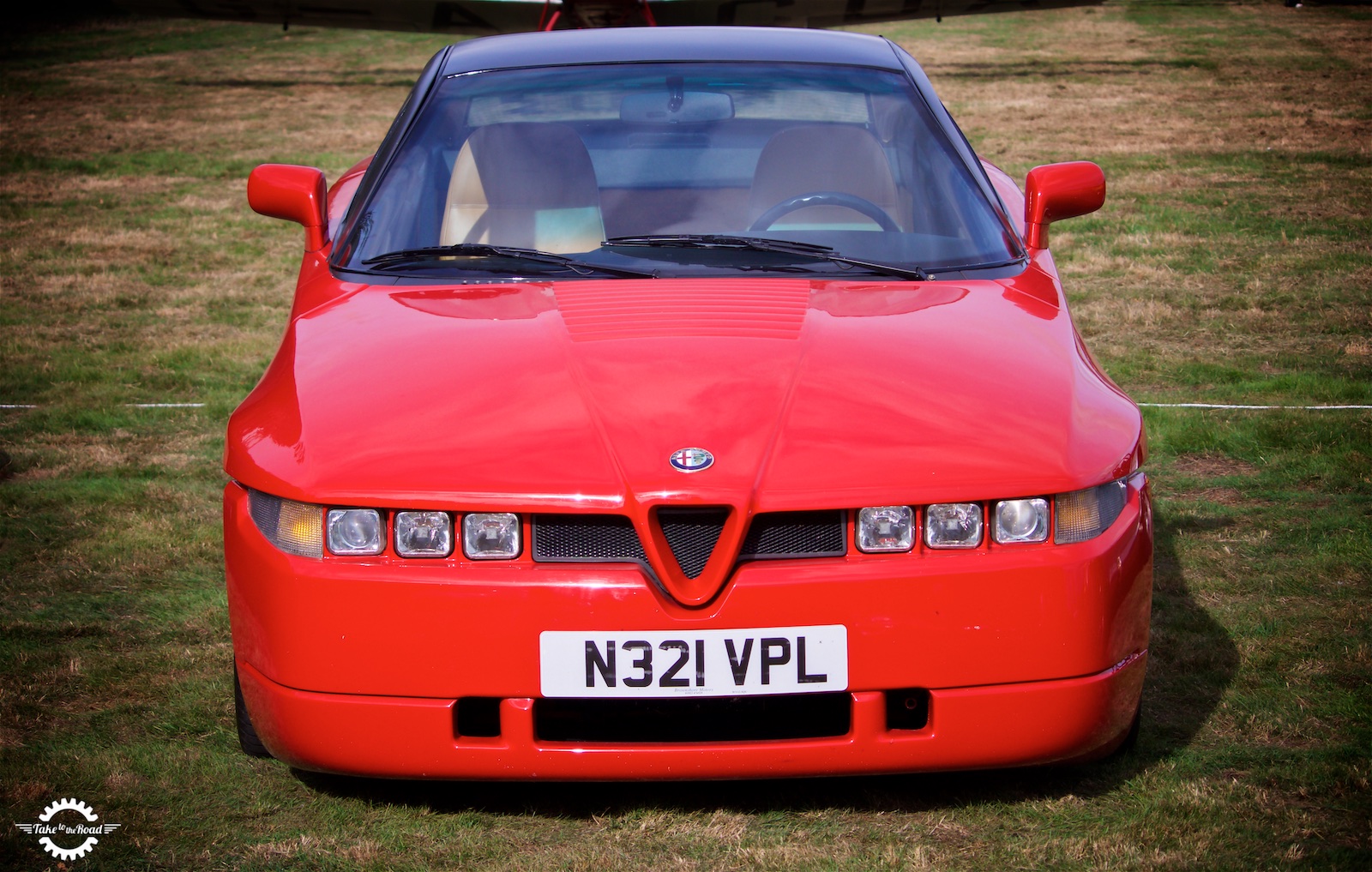If you’ve got a classic car then chances are that you want to keep it as close to its original condition as possible, including the black and silver number plate. The iconic black and silver number plate we rarely see today was issued in the UK in 1903 following the Motor Car Act in order to legally recognise all vehicles if stolen or part of a road accident. The very first number plate contained only two characters, A1.
All number plates reveal the age of the vehicle, even if you choose to purchase a private registration plate it cannot make the vehicle appear to be younger than it really is. You can opt for a variety of different number and letters that create names and other words with a personal meaning to you, so long as the number plate is legal by the standards of the DVLA.
The yellow and white number plates we have and know today have been available since 1968, however, it was common for people to continue using the black and silver plates until the 1970s.
What are the legal requirements in the UK now?
Since a new law that came into place as of April 2015, if your vehicle was registered before the 1st of January 1975 then you are legally allowed to display a black and silver number plate in order to keep the authenticity of the vehicle. This is as long as it is registered with the Historic Vehicles taxation class, anything after this date is exempt from the rule. This law allows you to keep the traditional look of your classic car without having to add modern fittings that will ruin the design.
Any vehicle registered after this date has to be fitted with a modern number plate, a white background for the front and yellow for the rear with reflective, clear black characters. Vehicles that are not displayed in such a manner are illegal, examples of illegal number plates are:
- Altering the characters using screws or other objects
- Using decorative type that is hard to read (italic or unusual font styles)
- Altering the configuration by putting gaps in the characters
- Plates not providing the British Standard number plate symbol
If your number plate possesses any of the above characteristics then you could be fined up to £1,000 and this also means your car will fails its MOT automatically. Also, don’t forget that if your vehicle is 40 years or older then it is exempt from tax, and this rolls on each year from April 1st.
However, it is crucial that you let the authorities know. It is possible to get legal, specialist number plates from somewhere like, NewReg.co.uk if you’re looking for your own personal private registration plate to give your vehicle a unique touch.
Classic car number plates
If you do own a classic car registered before 1975 then you are able to find a registration plate supplier that can make your number plate to the legal requirements. There are different options you can choose from in regard to the making of the number plate. If you want to keep the car as authentic looking as possible then there is the option to purchase a pressed metal number plate.
The pressed metal contains sliver extruded letters on a black background and will be perfectly placed on a classic car. If this option seems too expensive then there are other options such as a plastic plate. These plates are available along with hand painted characters instead of extruded letters, as long as they appear in white then the plate is legal.







My 1978 MGB Roadster is registered as “Historic Vehicle” . Does this mean that I am eligable for black aluminium plates with white/silver letters ?
I have seen plenty of 78 cars with black aluminum plates but that doesn’t mean they are correct. Yours misses the cut off which is 1 January 1975. Anything after that date has to go with the less attractive yellow and white ones. I’ve no idea if the rule will ever become a rolling date like with the car tax. It would be nice if it did.